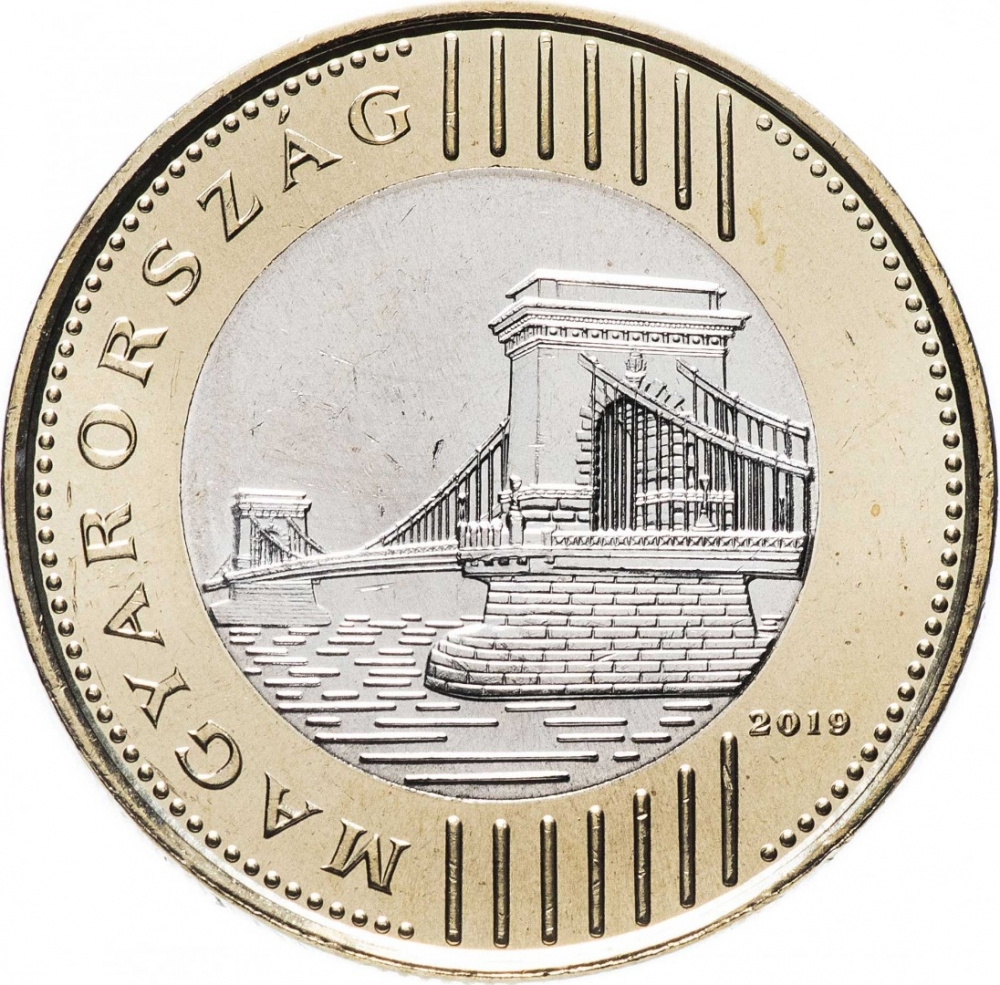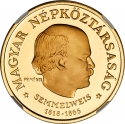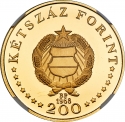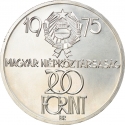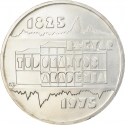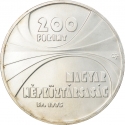You are about to finish your registration. Please check your mailbox (including spam folder). There should be a letter with a confirmation link. Check setting to make sure that your e-mail address is correct.
Send letter againDescription
According to Hungary's new constitution, effective as of 1 January 2012, the country's official name changes from "Magyar Köztársaság" (Republic of Hungary) to "Magyarország" (Hungary). Although Hungary is still a republic, this does not appear anymore on its coinage: from 2012 Hungarian legal tender bears the country's new official name, "Magyarország".
Engraver: István Kósa
Obverse

|
Depicts Széchenyi Chain Bridge, country name and date. MAGYARORSZÁG |
|---|---|
Reverse

|
Depicts the value in the centre with dividing vertical lines to the right. 200 |
| Edge |
200 Forint
3rd Republic
KM# 852 Schön# 340 Adamo# F13.3
Characteristics
| Material | Bi-Metallic |
| Ring | Nickel Brass |
| Center | Cupronickel |
| Weight | 9 g |
| Diameter | 28.3 mm |
| Thickness | 2 mm |
| Shape |
|
| Alignment | Medal |
| Mint |
Budapest Mint (BP)
|
